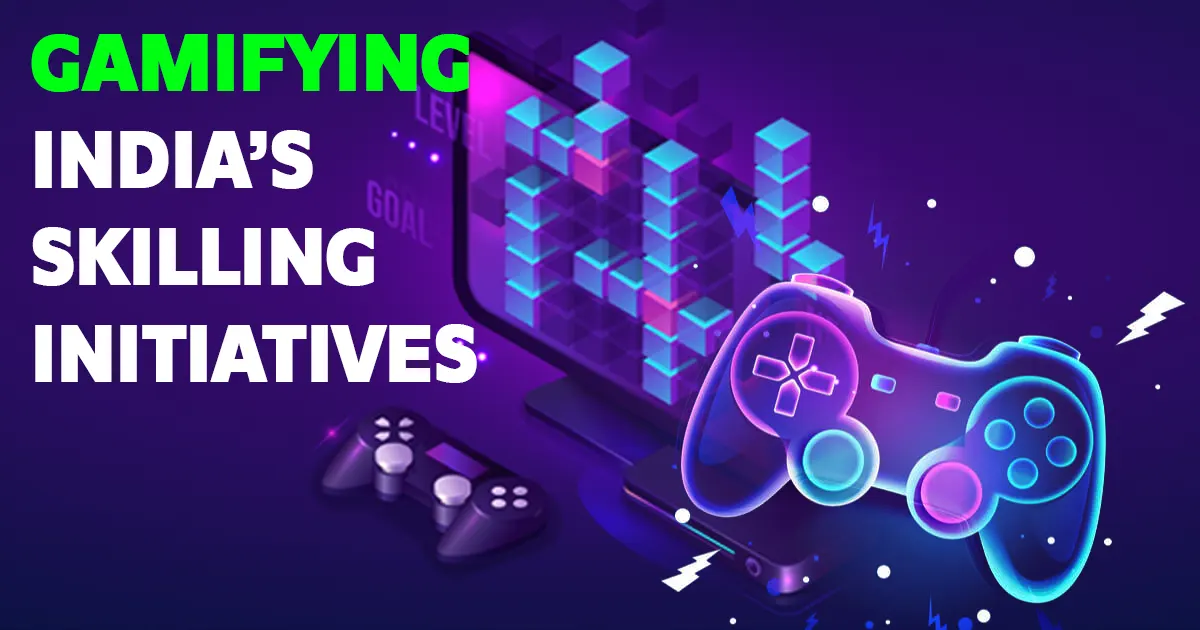GS2 governance

Context:
India faces significant unemployment challenges and a growing demand for industry-relevant skills. Innovative approaches like gamification and simulation-based training can bridge the skill gap and prepare the workforce for modern industry requirements.
India’s Skilling Challenges
- Limited Reach of Skilling Programs:
- Only 21% of youth (15–29 years) received vocational/technical training in 2022-23.
- Merely 4.4% received formal training.
- Low Employability:
- Only 51% of graduates are employable, highlighting a mismatch between education and industry needs.
- Industry 4.0 Readiness:
- Only 1.5% of engineers have skills in AI, IoT, and robotics.
- 60% of MSME workers lack digital skills.
- Irrelevance of Skilling Programs:
- Current initiatives often fail to align with Industry 4.0 demands.
Government Initiatives for Skilling
- SAMARTH Udyog Bharat 4.0:
- Prepares industries for Industry 4.0 by integrating advanced technologies.
- SWAYAM:
- Over 4,000 courses and 40 million enrollments highlight the demand for technical education.
- Skill India Digital Hub:
- Offers 752 courses with over 7.37 lakh minutes of digital content.
Benefits of Gamified and Simulation-Based Skilling
- Enhanced Engagement:
- Features like rewards, leaderboards, and challenges make learning interactive and enjoyable.
- Improved Retention:
- Simulations and instant feedback ensure better knowledge retention and practical skill application.
- Safe Learning Environments:
- Trainees can experiment in risk-free simulated scenarios.
- Skill Assessment:
- Simulations test decision-making and problem-solving abilities.
- Customisation:
- Modules can address specific skill gaps and replicate real-world challenges.
Way Forward
- Integrate into Existing Platforms:
- Host gamified training modules on platforms like SWAYAM and Skill India Digital Hub to leverage their reach.
- Customised Training Modules:
- Develop sector-specific gamified modules aligned with industry needs.
- Collaboration with Industry:
- Partner with industries to provide live projects and internships for practical exposure.
- Follow Global Best Practices:
- Learn from countries that have successfully implemented gamification in skilling programs.
- Decentralised Adoption:
- Extend gamified modules to educational institutions and training centres for broader accessibility.
Conclusion:
By integrating gamification and simulation-based training into India’s skilling ecosystem, the country can better align workforce capabilities with industry demands, fostering employability and driving economic growth.




